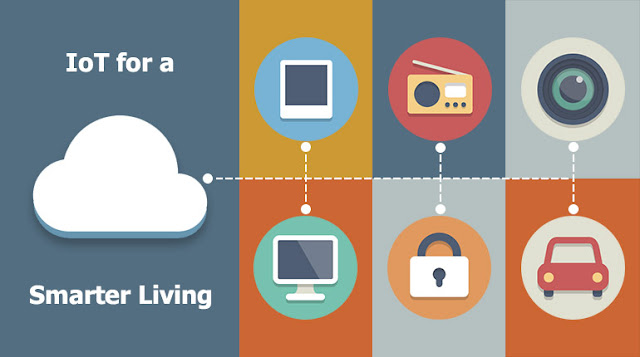It’s been quite some years now since CRM has captured the software industry like none other. Blame it on the versatility with an array of features that CRM offers, why wouldn’t anyone want to make the best of it then? The goal is to do up the most amazing applications that would help users ease their tasks, track sales, maintain customer engagements, and manage a business in the most efficient way with Microsoft Dynamics CRM. In the recent years, we’ve witnessed a plenty of developments surfacing in CRM like bug fixing, releasing new versions with appended features, and amending the existing functionalities to further enhance the system. There’s been no looking around since its adoption by a number of MS Dynamics CRM developers across CRM development companies all over the globe.
While a new generation of CRM has been doing the rounds for some time now, it’s time we look at the trends that will scale the IT industry up another level this year.
Artificial Intelligence
Intelligent CRM is another feather in the hat of new generation CRM for its ability to think cognitively. Earlier, CRM was intelligent only enough to work by following the instructions as passed by a human programmer, similar to conventional programming system. But that was it. However, ever since the conception of Artificial Intelligence (AI) in CRM, the machines are able to make own decisions by recognizing and extrapolating the patterns based on initial instructions passed externally. AI, an amalgamation of technologies like machine learning, big data analytics, predictive analytics, etc., is offering everything- from customer service to personal assistance. For instance, AI will be able to recommend customers a variety of products based on parameters like their buying habits, marketplace trends, local demography, etc. in real time while the customer is checking out the shelves of your store in physical or online. On the contrary, it may also suggest a few investment tips to the marketers on where their money is being spent the best. The goal is to make decisions easily by capitalizing data generated through digital interactions established worldwide.
System Integration
System Integration is one of the toughest tasks that developers face irrespective of the technology they work in, especially when the two systems are weak or poor. The ability to integrate is often considered as a measure of software quality. If you are able to integrate it with the other system easily, then your software is probably an efficient system. And, if not, there are fair chances your system will not sustain for long. System Integration is prominently important for business as data needs to be accessed by numerous other systems as a part of the learning process of AI. In the previous year, the consumers witnessed many businesses relying increasingly on real-time data that gained them the opportunities to expand their marketing, sales and services activities. Conversely, 2017 will observe optimized, smart and coherent utilization of data.
App Engagement
Applications have become a necessity for businesses to stay ahead of the time and survive in the competitive market. Therefore, many organizations are getting into mobile application development to expand their customer base to meet the ever increasing demands. Apps are condensed versions of websites which are robust with responsive designs and deliver specific functionalities. With this, vendors are able to increase customer engagement as they enable the customers to manage their product experience and services according to their needs through a digital medium. Since a few years now, CRM offers solutions similar to portals that reveal parts of your CRM in a protected way to the customers, or anyone who can add to the data in your CRM.
Conclusion
These are the three trends that we’ll be keeping our eyes on. Perhaps, a brainstorming session with your team on these CRM trends could help you make a headway in the industry. Keep innovating!
(Source: https://www.promptsoftech.com/blog/conquer-crm-with-affordable-powerful-trends/)
(Source: https://www.promptsoftech.com/blog/conquer-crm-with-affordable-powerful-trends/)






